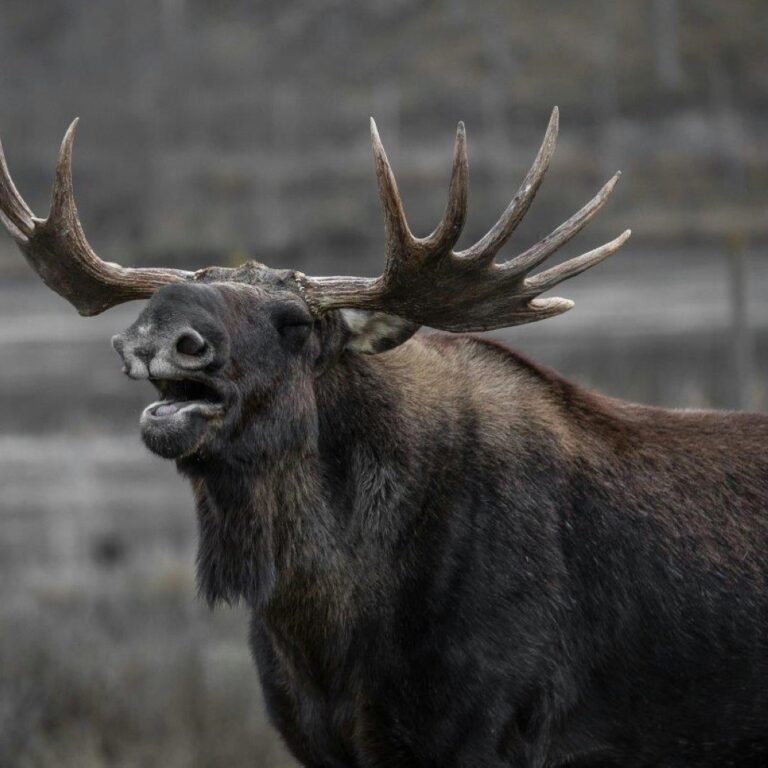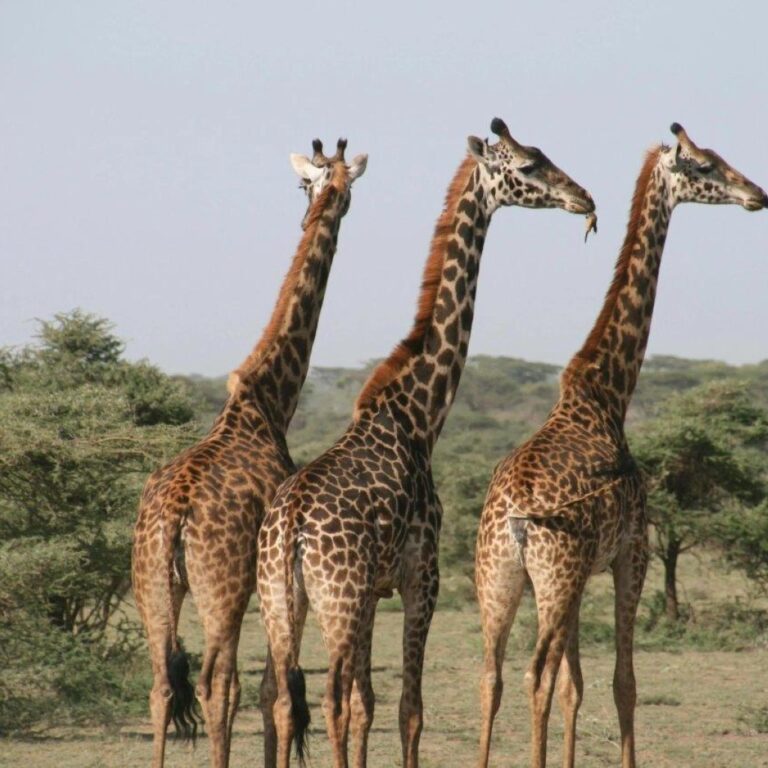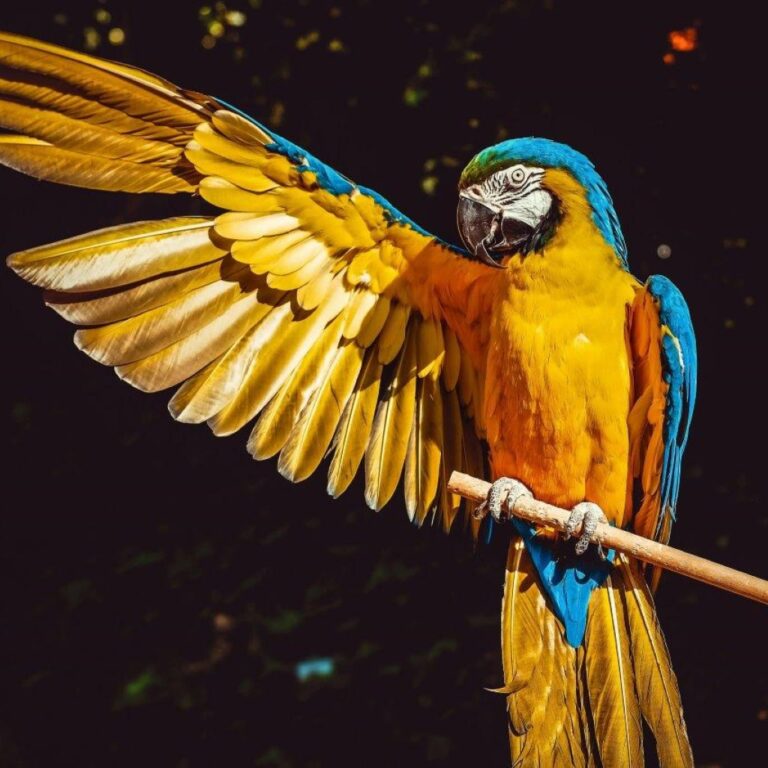Moose are found in northern regions across North America, Europe, and Asia. They are particularly common in Canada, Alaska, and Scandinavia, where they inhabit forests, wetlands, and tundra.
The most distinctive feature of a moose is its large, palmate (hand-shaped) antlers, which can span up to 6 feet across. Only males grow antlers, and they shed them each winter after the mating season.
Moose are excellent swimmers and can swim at speeds of up to 6 miles per hour. They are also capable of diving up to 20 feet deep in search of aquatic plants.
Moose have a thick, insulating coat of fur that helps them stay warm in cold climates. Their fur is made up of hollow hairs that trap air and provide excellent insulation.
Moose are herbivores and have a varied diet that includes leaves, twigs, bark, and aquatic plants. In the summer, they often feed on plants found in ponds and streams, while in the winter, they browse on woody vegetation.
Despite their large size, moose are surprisingly agile and can run at speeds of up to 35 miles per hour. They use their long legs to move quickly through deep snow and dense vegetation.
Moose have poor eyesight but a keen sense of smell and hearing, which help them detect predators and find food. Their large, sensitive noses are particularly adept at picking up scents.
The mating season for moose, known as the rut, occurs in the fall. During this time, bulls compete for the attention of females by engaging in antler wrestling and vocalizing with loud grunts and bellows.
Female moose, known as cows, typically give birth to one or two calves in the spring. The calves are born with a reddish-brown coat and are able to stand and walk within hours of birth.
Moose are generally solitary animals, except during the mating season and when mothers are raising their calves. They are highly territorial and may become aggressive if they feel threatened.
The word 'moose' comes from the Algonquian language and means 'twig eater,' reflecting the animal's diet of woody plants. In Europe and Asia, moose are commonly referred to as 'elk.'
Moose have a unique way of feeding called 'moose browsing,' where they strip the bark and leaves from trees and shrubs. This behavior can shape the vegetation in their habitat, creating openings for other plant and animal species.
Moose populations are vulnerable to habitat loss, climate change, and diseases such as brainworm and winter ticks. Conservation efforts focus on protecting their habitats and managing population health.
Moose play a significant role in the culture and folklore of indigenous peoples and northern communities. They are often depicted in art, stories, and traditions as symbols of strength, endurance, and survival.
How useful was this post?
Click on a star to rate it!



